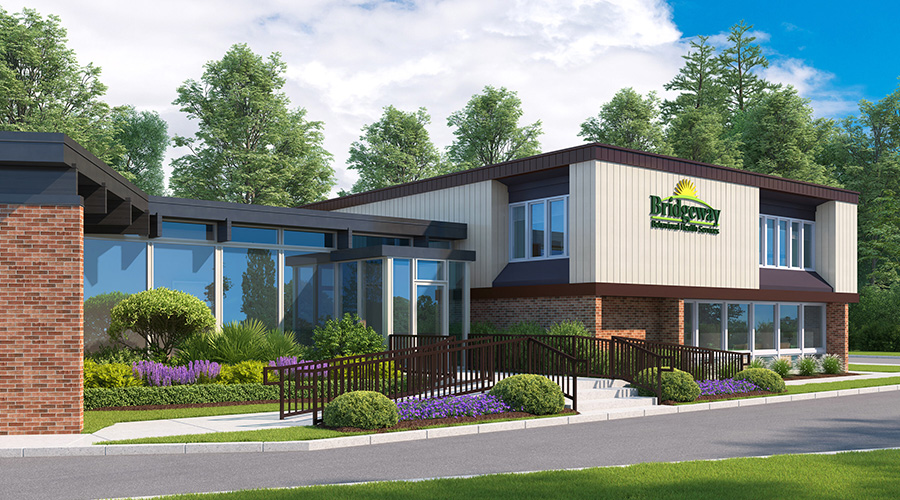The International Healthcare Worker Safety Center, originally housed at the University of Virginia, today announces it has completed a transition to an independent non-profit under the new moniker, International Safety Center. The International Safety Center will be an extension of the original Center, with an enhanced focus on collecting and analyzing data that better identifies healthcare worker safety hazards. The new Center will help hospitals, clinics and other healthcare facilities measure blood and body fluid exposures, sharps injuries and needlesticks to help prevent worker exposures to dangerous pathogens like HIV/AIDS, hepatitis C, measles and Methicillin-resistant Staphylococcus aureus (MRSA).
For nearly 25 years, the Center has offered free standardized recording and tracking of sharps injuries and blood and body fluid contact through its core offering, the Exposure Prevention Information Network® (EPINet) database. EPINet has been used in more than 1,500 U.S. hospitals and in almost 100 countries, with some facilities reporting reductions in blood exposures by 40 percent and cost savings of tens of thousands of dollars per year.
“The threat of globally emerging diseases like Ebola, and resurgences of vaccine-preventable diseases like measles, reminds us that preventing occupational illness caused by microorganisms found in blood and body fluids has never been more important to the vitality of the healthcare workforce and the communities they serve,” stated Amber Mitchell, DrPH, MPH, CPH, International Safety Center president and executive director. “We’re thrilled to continue, and expand upon, the longstanding mission of the Center under the direction of founder Janine C. Jagger, MPH, PhD – to create a world where there is no occupational illness or infection.”
The original International Healthcare Worker Safety Center was the driving force behind the Needlestick Safety and Prevention Act – the first unanimous legislation ever signed into law that expanded the protections for workers under OSHA’s Bloodborne Pathogens Standard. Through partnerships with thought leaders around the world, the Center’s management will continue to advocate for healthcare worker safety, publish occupational hazard reports and present EPINet data in public health arenas worldwide.
“Healthcare remains one of the most dangerous industries and the link between workplace safety and patient care quality has been clearly demonstrated,” said Karen Daley, PhD, RN, FAAN, a nationally recognized advocate for sharps safety and past president of the American Nurses Association. “Despite progress made since the Needlestick Safety and Prevention Act enacted in 2000, we have much work to do to eliminate preventable sharps injuries that continue to impose a serious burden for workers and healthcare facilities. Free resources like EPINet provide an opportunity for employers to improve worker safety and reduce costs.”
“We must arm ourselves with data, so that we can motivate policy makers to keep occupational safety and health in healthcare top of mind,” added Mitchell. “To continue to build our arsenal of data, we welcome healthcare facilities to contribute to the EPINet network and for organizations dedicated to improving the safety and health of everyone working in patient care settings to join us.”
As a non-profit, 100 percent of funds contributed to the center go towards making healthcare environments safer for workers and caregivers. For more information about how to contribute to the EPINet network or become a supporter, visit the Center at InternationalSafetyCenter.org.

 Healthcare Is the New Retail
Healthcare Is the New Retail Bridgeway Behavioral Health Services Launches Campaign to Renovate Health Center
Bridgeway Behavioral Health Services Launches Campaign to Renovate Health Center Ground Broken for New North Dakota State Hospital
Ground Broken for New North Dakota State Hospital AI Usage for Healthcare Facilities
AI Usage for Healthcare Facilities Ground Broken on Pelican Valley Senior Living Modernization Project
Ground Broken on Pelican Valley Senior Living Modernization Project